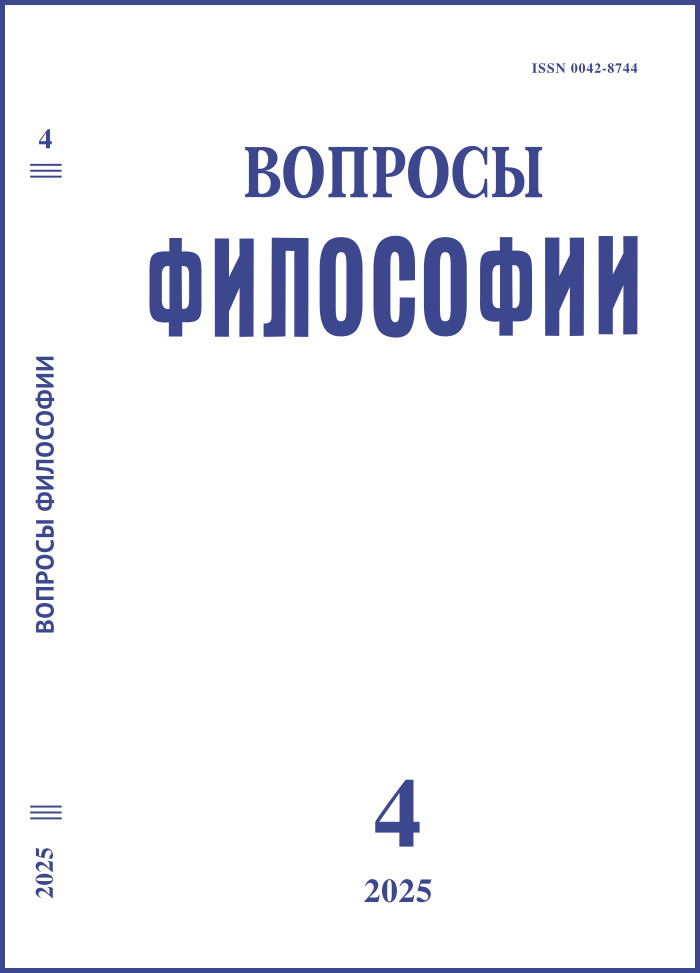Shōtoku Taishi Worship in Medieval Japan (in Jien’s Writings)
DOI:
https://doi.org/10.21146/0042-8744-2025-4-175-185Keywords:
Japanese Buddhism, hōraku poems, ritual texts kōshiki, written prayers gammon, bodhisattva Kannon, sangoku mappōAbstract
This article examines the Worship of Shōtoku Taishi, also known as the cult of Shōtoku Taishi, in the early 13th century. This study is based on the poetic and prose works of the high-ranking Buddhist monk Jien (1155–1225). The article briefly outlines the origins of the Shōtoku Taishi cult and its development in early medieval Japan, describing the religious, philosophical and historical contexts for the cult’s rise and function in Jien’s lifetime. Jien, a monk of the Tendai school and an ideologue of the medieval period, contributed significantly to the dissemination of ideas about Shōtoku Taishi as the progenitor of Japanese Buddhism and as the embodiment of Kannon. The main focus of this paper is to provide the analysis of Jien’s poetic and prose works that reflect the cult. These primary sources include the cycle of poems “One Hundred Verses of Naniwa” (Naniwa Hyakushū), the ritual text of chanting in honor of Shōtoku (Kōtaishi Godan Tandoku), the historical work “Records of My Humble Thoughts” (Gukanshō), and the “Prayer Address to Shōtoku Taishi” (Shōtoku Taishi Ganmon). Textual analysis allows us to highlight features of the Shōtoku cult as reflected in Jien’s works and to clarify its theoretical foundations within the framework of the Buddhist methodology of the Tendai school.

